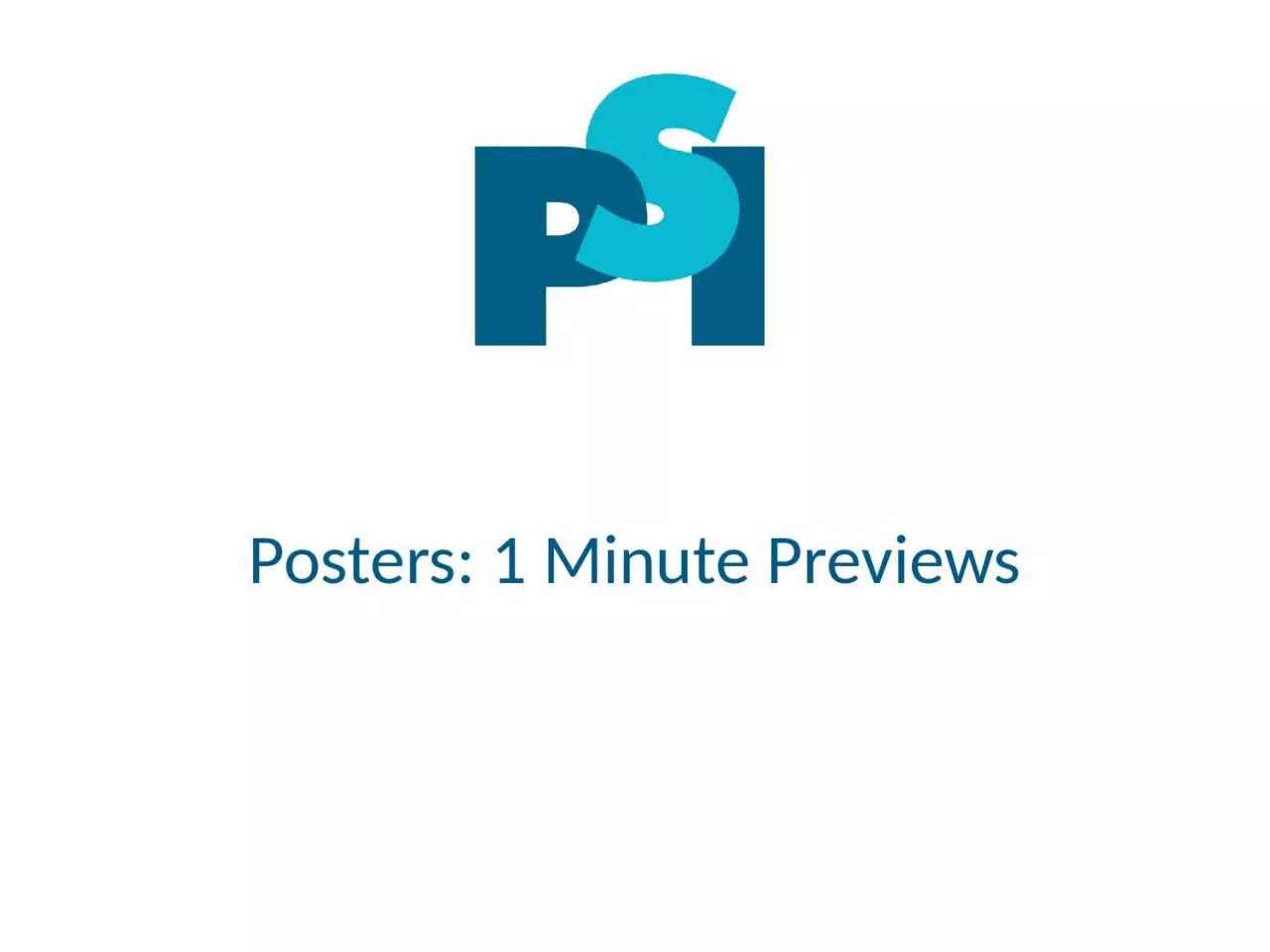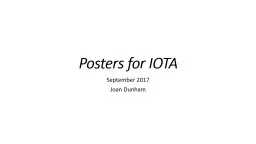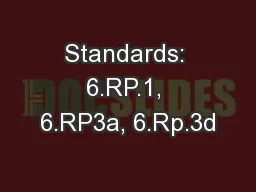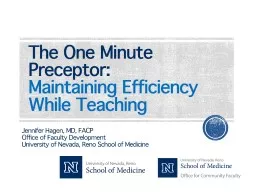PPT-Posters: 1 Minute Previews
Author : elina | Published Date : 2024-02-09
C areers and A cademic L iaison C ommittee Inspiring school students to study statistics at our event Maths meets Medicine An enthusiastic group of volunteers
Presentation Embed Code
Download Presentation
Download Presentation The PPT/PDF document "Posters: 1 Minute Previews" is the property of its rightful owner. Permission is granted to download and print the materials on this website for personal, non-commercial use only, and to display it on your personal computer provided you do not modify the materials and that you retain all copyright notices contained in the materials. By downloading content from our website, you accept the terms of this agreement.
Posters: 1 Minute Previews: Transcript
Download Rules Of Document
"Posters: 1 Minute Previews"The content belongs to its owner. You may download and print it for personal use, without modification, and keep all copyright notices. By downloading, you agree to these terms.
Related Documents














